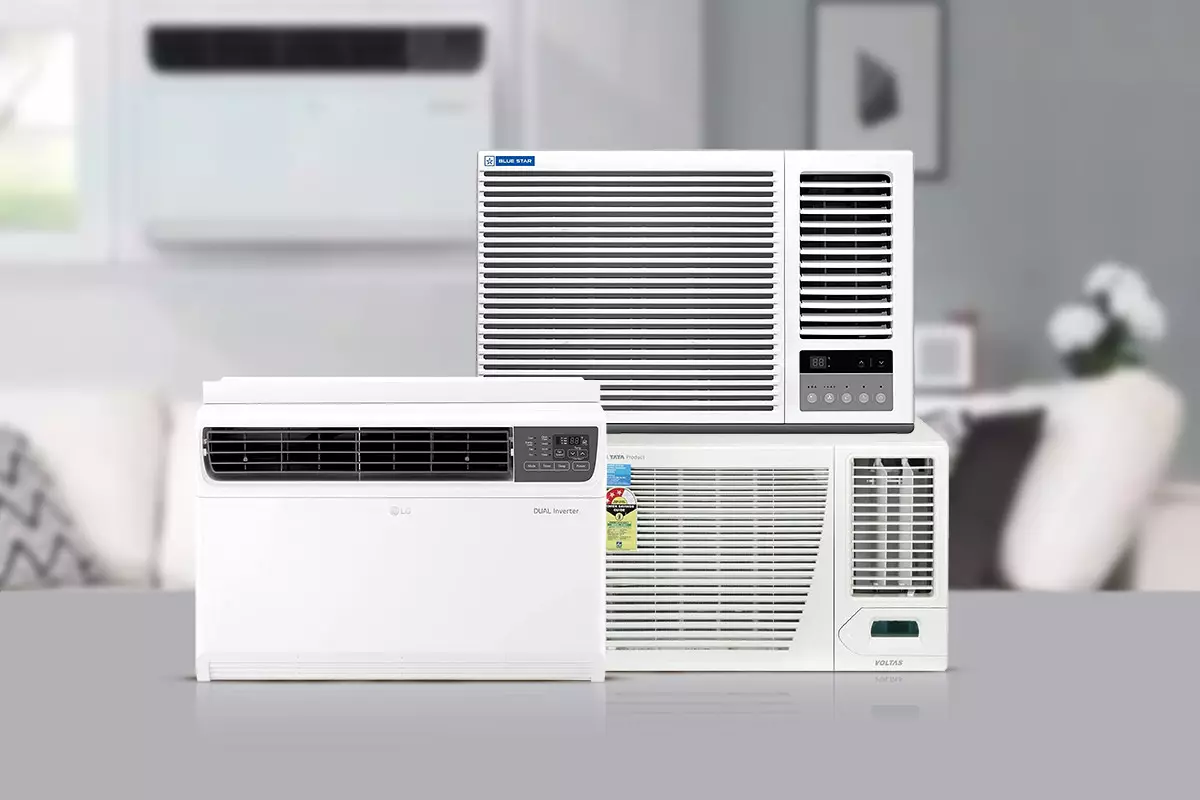As India’s sweltering temperatures push millions to seek respite from the relentless heat, the allure of inexpensive air conditioners becomes almost irresistible. Manufacturers eagerly flood the market with seemingly unbeatable bargains—units that promise quick cooling and affordability. However, beneath this glossy surface lies a troubling reality: many of these budget ACs are riddled with compromises that could cost consumers dearly in the long run. The narrative of saving a few thousand rupees often blinds buyers to lurking deficiencies, questionable durability, and hidden costs. It’s time to critically dismantle the myth that cheaper equates to better, and recognize that in the realm of climate control, cutting corners at the outset can lead to significant frustrations and financial burdens down the line.
The Mirage of Energy Efficiency and Durability
Most low-cost AC models—such as the much-touted 3-star rated variants from brands like Lloyd and Godrej—appear to offer an attractive deal. But the truth is, these units often deliver only fleeting efficiency, exacerbated by inferior components. Copper condensers, which are marketed as a mark of quality, are frequently coated with anti-corrosion layers to mask subpar manufacturing standards. The claims of “sturdy” filters and “advanced” features like self-diagnosis are often superficial; many of these gadgets falter under prolonged use or difficult weather conditions. The promise of “auto-restart” or turbo modes may seem convenient but can obscure the reality that these units lack the robustness required to handle continuous operation, especially in extreme climates. Consumers who overlook these signs could find themselves replacing or repairing these ACs much sooner than anticipated, rendering initial savings meaningless.
The Cost of Compromised Air Quality and Poor Maintenance
Bargain ACs frequently tout features like “Golden Fin” or “Blue Fin” coils or antibacterial filters. While these may sound impressive, they are often standard or underwhelming in performance, especially when subjected to the consistent demands of hot Indian summers. Many cheaper units are plagued with inadequate filtration and poor insulation, resulting in air quality that is less than fresh—a critical concern in urban areas battling pollution and allergens. Moreover, these models tend to have limited longevity and often lack reliable maintenance notifications, which can lead to neglected upkeep. The expense and effort of maintaining an air conditioner are underestimated by many buyers lured by initially low prices. When filters become clogged or coils corrode prematurely, the unit’s efficiency plummets, and consumers are forced into costly repairs or replacements.
Environmental Impact and the False Economy
Choosing an economical AC today can have profound implications on our collective future. Budget models often consume more energy due to substandard compressors and poorly insulated components, unintentionally increasing electricity bills and environmental footprint. This is particularly troubling given India’s ongoing energy crisis and commitments to sustainable development. The drive to cut costs may seem pragmatic, but it intrinsically conflicts with the broader goal of reducing carbon emissions. In this context, the supposed savings become a double-edged sword—benefiting consumers temporarily but contributing to higher resource consumption and pollution over time.
The Need for Informed, Responsible Buying
It is essential that consumers move beyond the superficial appeal of the lowest price tags. Investing in a reliable, efficient AC—despite a higher initial expense—can be more economical in the long term, considering reduced electricity bills, fewer repairs, and better air quality. More critically, it underscores the importance of scrutinizing product specifications and understanding the real value behind features like inverter technology, coil material, and filtration systems. Government standards and energy efficiency ratings should serve as minimum benchmarks, not optional add-ons. Ultimately, making informed choices requires skepticism and vigilance, particularly amid aggressive marketing that often masks the true quality of budget-friendly appliances.
When it comes to cooling India’s overwhelming heat, it’s tempting to chase quick fixes through low-cost solutions. Yet, history has shown that shortcuts in quality and performance invariably lead to regret. Consumers must be vigilant, discerning, and prioritize durability and efficiency over temporary savings if they want to truly beat the heat without paying a heavy price later.

Leave a Reply